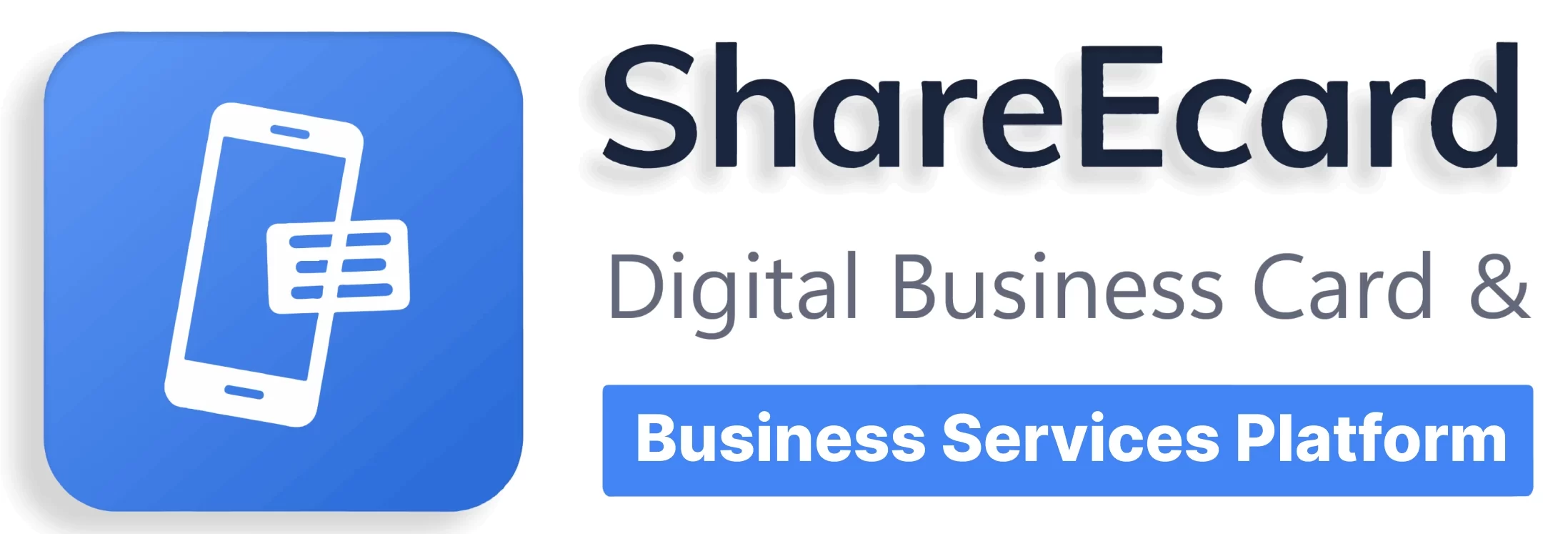The current focus on “founder authenticity” in pitch preparation creates a paradox: the more polished your pitch, the less authentic you might appear. Yet preparation remains essential—a raw, unstructured pitch is likely to fail regardless of how genuine the presenter may be. The solution lies not in choosing between preparation and authenticity but in understanding how proper preparation actually enables authentic delivery.
Focus on What Your Audience Needs to Hear
The most common mistake in pitch preparation is focusing primarily on what you want to say rather than what your audience needs to hear. This stems from a fundamental misunderstanding of the pitch dynamic: you are not there to educate your audience about your idea but to catalyze a specific action from them. Whatever you’re pitching—whether it’s a startup seeking funding or a new initiative within a large organization—your preparation needs to start with a clear understanding of your audience’s incentives and constraints.
This means going beyond surface-level research about your audience. Yes, you should know their investment thesis or decision-making criteria, but more importantly, you need to understand their actual job:
- What pressures are they under?
- What does success look like for them?
- What risks are they most worried about?
These insights should shape not just your content but your entire preparation approach. For example:
- Venture Capitalists: They aren’t just looking for good ideas—they need companies that can generate outsized returns within a specific timeframe.
- Corporate Executives: They’re thinking about how your proposal fits into broader organizational priorities and constraints.
Build a Clear and Compelling Business Case
The foundation of any compelling pitch is a clear business case, but many presenters confuse having data with having an argument. Building a solid business case requires focusing on three distinct layers:
- The Core Thesis: What fundamental change or opportunity are you addressing?
- The Specific Solution: How does your approach uniquely address this opportunity?
- The Execution Plan: What specific steps will you take to realize this opportunity?
Each layer needs to be supported by evidence, but that evidence needs to be curated, not dumped. The most common preparation mistake is including too much information rather than too little. Your goal in preparation should be to identify the minimum set of data points needed to support each layer of your argument. This often means leaving out interesting but non-essential information that might dilute your core message.
For example, if you’re pitching a new product initiative, your market size analysis might include dozens of data points and multiple segmentation approaches. However, your actual pitch should probably focus on the 2–3 numbers that most clearly demonstrate the scale of the opportunity. The rest of your analysis should inform your answers to potential questions, not clutter your main presentation.
Test and Refine Your Pitch
This is where testing becomes critical. The best preparation approach is to start with a much larger set of information than you’ll eventually use, then systematically eliminate elements based on feedback. This requires actually pitching to people—not just practicing alone or reviewing slides. The key is to find listeners who can give you specific feedback about what was compelling versus what felt extraneous.
These practice sessions should simulate the actual pitch environment as much as possible, including time constraints and potential interruptions. A common objection to this testing approach is that it leads to over-polished, inauthentic presentations. This misunderstands the role of practice:
- The goal isn’t to memorize a script but to internalize your core arguments so thoroughly that you can present them naturally and respond to questions confidently.
- When you truly understand your material—including all the supporting evidence you’ve chosen not to present—you can be both prepared and authentic.
Plan for Scenarios and Prepare Visual Aids
Scenario Planning
- Anticipate Questions and Objections: What questions or objections are likely to arise?
- Have Additional Information Ready: What additional information might you need to have on hand?
- Adjust for Time and Audience: What aspects of your pitch might need to be adjusted based on time constraints or audience composition?
Having thought through these scenarios in advance allows you to remain calm and focused during the actual pitch. This is particularly important for financial questions—you should be able to explain your key metrics and assumptions without referring to notes.
Visual Aids
Visual aids require their own preparation strategy:
- Support, Don’t Replace: Slides or other visual materials should support your narrative, not replace it.
- Purposeful Design: Each visual element should serve a specific purpose—whether it’s making complex data more digestible or providing a memorable illustration of a key point.
- Refine After Content: Design your visuals after you’ve refined your core argument. This helps ensure that your visual aids serve your pitch rather than constrain it.
Understand the Broader Context
Another critical aspect of preparation is understanding the broader context in which your pitch will be received:
- Consider Alternatives: What other options or alternatives might your audience be considering?
- Stay Informed on Trends: What recent events or trends might influence their perspective?
- Anticipate Concerns: This contextual awareness helps you anticipate and address potential concerns before they’re raised.
It also helps you position your pitch more effectively within the current landscape.
Embrace the Balance Between Preparation and Authenticity
Looking forward, the nature of pitching is likely to continue evolving. Remote presentations have become more common, attention spans may be shortening, and expectations around data and evidence continue to rise. However, the fundamental dynamics remain unchanged:
- Understand Your Audience
- Build a Compelling Case
- Prepare Thoroughly to Present Authentically
The key is to remember that preparation and authenticity are not opposing forces but rather complementary elements. The best pitches feel natural precisely because they’ve been prepared so thoroughly that the presenter can focus entirely on connecting with their audience rather than remembering their next point.
Conclusion
Ultimately, successful pitch preparation is about finding the right balance between structure and flexibility, between thoroughness and focus, between polish and authenticity. It requires significant investment of time and effort, but when done correctly, it creates the foundation for a compelling and natural presentation that achieves your desired outcome.
Start early, test extensively, and refine systematically—your audience will appreciate the effort, even if they never realize how much work went into making it seem effortless.




